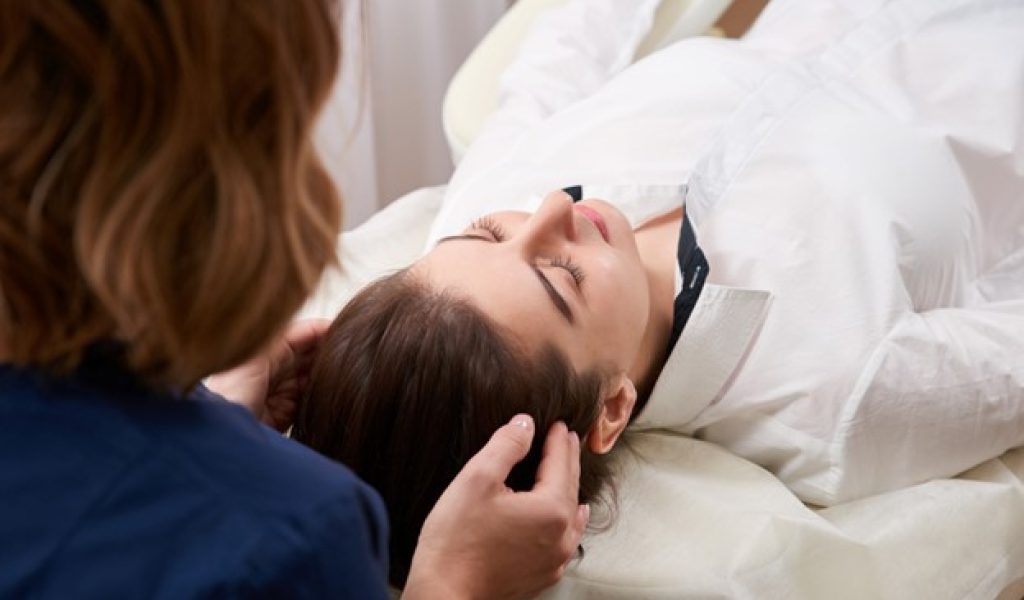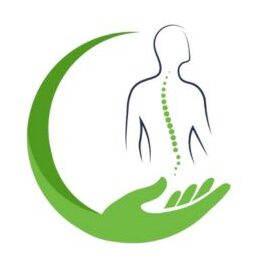Craniosacral therapy (CST) is a gentle, hands-on method aimed at enhancing the body’s own healing abilities. This therapy primarily focuses on the craniosacral system, which includes the protective layers surrounding the brain and spinal cord, as well as the fluid they contain. By applying subtle touch, practitioners believe they can influence the movement of the cerebrospinal fluid and the membranes, potentially leading to pain relief and improved overall functioning.
The concept of CST is deeply rooted in osteopathic medicine. It was developed by Dr. John Upledger in the 1970s. Dr. Upledger noticed the rhythmic movements of the craniosacral system and formulated a therapeutic approach based on this observation.
In recent years, CST has become an integral part of holistic healthcare. It emphasizes promoting relaxation and tapping into the body’s natural self-healing capabilities. As interest in alternative therapies grows, many people explore CST as a non-invasive option.
CST often complements other practices like yoga and meditation. By integrating mind and body, individuals may find a supportive path to improved well-being. This synergy is particularly appealing to those seeking natural solutions for stress and anxiety.
- Key principles of CST:
- Gentle, non-invasive technique
- Focus on whole-body wellness
- Enhances body’s self-repair processes
Demystifying the Craniosacral Therapy Process
A typical craniosacral therapy session starts with an initial consultation. Here, the practitioner discusses the client’s health history and goals. The Craniosacral therapy benefits are outlined, and the client lies comfortably on a treatment table.
During the session, the therapist uses light touch, often starting at the head, neck, and back. This gentle manipulation aims to release tension and promote the flow of cerebrospinal fluid. Clients often report a deep sense of relaxation, sometimes even falling asleep.
A common question is whether CST is a form of energy healing. While some perceive it as such, CST primarily focuses on manipulating physical structures. However, like many holistic therapies, the boundary between physical touch and energy work can appear blurred.
The craniosacral therapy benefits include stress relief, reduced anxiety, and improved migraine management. This method is also linked to better emotional well-being. People experiencing these benefits often feel more balanced and relaxed.
It’s important to differentiate CST from chiropractic treatments. While both involve manipulation, chiropractors typically focus on spinal adjustments. In contrast, CST involves much softer, gentler touches, targeting a different bodily system.
- What to know about CST sessions:
- Expect light, gentle touch
- Can complement other healthcare practices
- Focused on relaxation and balanced well-being
Evaluating the Evidence and Addressing Concerns
Analyzing studies on CST presents a mixed bag. While many users report positive craniosacral therapy benefits, scientific validation is still developing. Limitations are often due to the variability in individual experiences and the subjective nature of measuring outcomes.
There are always concerns over possible craniosacral therapy side effects. Generally, CST is considered safe with low risk, though some might experience temporary discomfort or tiredness. Hence, consulting with healthcare providers is crucial, especially when mixing CST with conventional treatments.
Personal stories play a significant role in highlighting the potential of CST. Many people have shared experiences of stress relief and better emotional health from the technique. These individual accounts help paint a relatable picture of CST’s impact.
To ensure safety and efficacy, informed conversations with healthcare professionals are vital. A comprehensive approach to wellness often involves understanding how different therapies can work together.
- Key considerations:
- Trust healthcare expertise
- Evaluate personal experiences alongside research
- Be open to combining different therapies
Craniosacral Therapy: Practical Insights and Moving Forward
For potential clients, finding a qualified craniosacral therapy practitioner is crucial. Look for professionals with proper certifications and a focus on personalized care. Always prioritize safety and transparent communication.
Craniosacral therapy often works best as part of a broader therapeutic approach. Incorporating CST with activities that improve mindfulness, like meditation and yoga, can enhance its benefits further.
The future of CST research points to increasing integration into mainstream healthcare, provided there is more scientific backing. Continued studies could validate its use and broaden its acceptance among traditional medical communities.
As CST continues to grow, maintaining a balanced outlook is essential. This therapy offers a gentle addition to holistic health, aiming for relaxation and natural healing. Considering CST could enrich your wellness toolkit, offering another layer to traditional treatments.
- Final thoughts on CST:
- It’s a gentle, supportive therapy
- Complements existing health routines
- Represents a growing interest in natural healing methods



